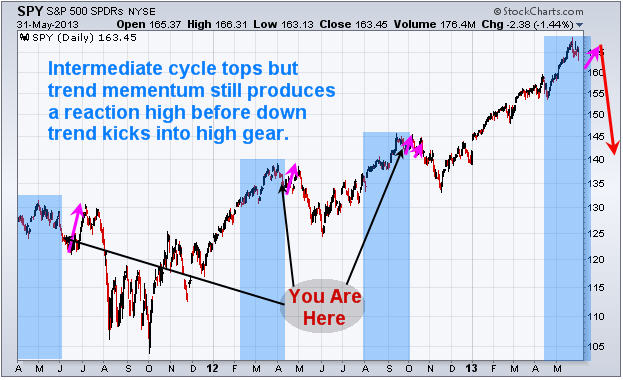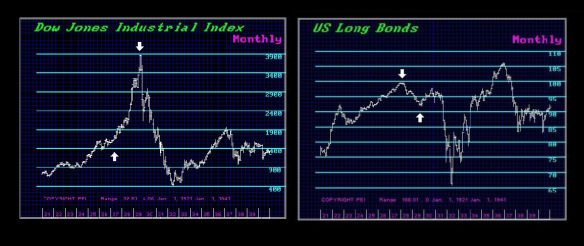The Gold Report: Marc, I recently interviewed James Turk who said that Europe is in a banking crisis, but that some countries are in worse shape than others. Are things on the continent as bad as they seem to be from the headlines in the U.S.?
Marc Faber: Unemployment is high in both Europe and the U.S., particularly for young people. One reason for the high unemployment rate is that it is very difficult to find highly specialized workers for industry. Perhaps that’s due to more university students studying non-user-friendly subjects, such as philosophy. The Western world is lacking in well-trained workers who can handle industrial machines that cost $10–20 million ($10–20M). But if I need a clerical assistant for financial services, I can find hundreds and hundreds of applicants.
TGR: A lack of skilled workers sounds like an economic problem, not a banking crisis.
MF: Mr. Turk is correct that there is a worldwide banking crisis. But the crisis was caused by bailing out the global banking system. Using handouts, the governments monetized the debt structures of the European Central Bank (ECB) and its subsidiaries in countries like Spain, Italy and Portugal.
TGR: If we were to solve the economic crisis, would that solve the banking crisis?
MF: In my view, the European economy will not suddenly recover. It has too many structural problems. One way that the so-called “banking crisis” could be resolved, though, is to let inflation rates rise. Asset prices would then shoot up, and loan portfolios would be better covered. But I do not really think that inflation is the solution.
TGR: It would be a painful solution.
MF: The danger is that the whole financial system could blow up due to the huge amount of derivatives still outstanding. Once again, excessive speculation is being fueled by artificially low interest rates, and asset bubbles exist everywhere.
TGR: Did the ECB learn from what happened in Cyprus that taxing bank deposits is counterproductive?
 MF: European policymakers believe that in the next round of bank bailouts the depositors will have to pay their part, as was the case in Cyprus. The main question is who pays for what? In Cyprus, accounts up to €100,000 ($129,000) are adjudged to be safe, but accounts above that limit may lose as much as 40–60%. There is a question of social equity here: why should a depositor with €5M in a Cyprus bank lose, while a depositor with less than €100,000 sits pat?
MF: European policymakers believe that in the next round of bank bailouts the depositors will have to pay their part, as was the case in Cyprus. The main question is who pays for what? In Cyprus, accounts up to €100,000 ($129,000) are adjudged to be safe, but accounts above that limit may lose as much as 40–60%. There is a question of social equity here: why should a depositor with €5M in a Cyprus bank lose, while a depositor with less than €100,000 sits pat?
There is also a technical problem. Say you are a homeowner in Cyprus and you sold your house for US$1M the day before they announced the confiscatory measures. The buyer paid you $1M and you deposited it in the bank. Now, you will now lose 40–60% of your money, but you haven’t done anything wrong. You just sold your house. Or what if I own no land, but have stored all of my wealth in bank deposits? The technical and political details involved in making bail outs fair—spreading out the pain—are very difficult. It may not be feasible to sanction depositors.
TGR: If Cyprus is the blueprint going forward, how should people store wealth?
MF: My asset allocation consists of 25% in equities, 25% in gold, 25% in bonds and cash, and 25% in real estate. I am hoping for the best. But I detect a growing movement toward populist governments in the Western world. Most governments are on good terms with the well-to-do. They have softened them with easy monetary policies, which have benefited people with access to capital. But the day will come when a wealth tax is instituted.
TGR: How will wealth be defined?
MF: If I were running a populist government, I would go to the people and say, “The reason why your economic conditions have worsened over the last 20 years is because of the super rich. They are stealing from the people.” And then I would declare that anyone with assets over $20M must pay a 50% one-time wealth tax. That can also be accomplished with an estate duty of 50%. The asset bar has to be sufficiently high, however, because 99.9% of Americans and Europeans do not have $20M or $50M stashed away. The higher the cut-off point, the more likely the voters will approve a confiscatory wealth tax.
TGR: Would such a tax have economic repercussions?
MF: It would be a disaster. But, regardless, people think that democracies work well. Democratic leaders bribe the electors by introducing popular measures, by handing out money to the voters and by taxing it away from the rich. That has happened again and again throughout history.
“Face it: it’s never easy to make money. If a person wants to make easy money, then he or she should not be in the stock market.”
TGR: Last time we chatted, you talked about the attractiveness of Asian equities with dividend yields of 4–7%. What are some examples of paid-to-wait equity sectors?
MF: Last year, Singapore real estate investment trusts (REITs) went up by 40%, and they are up higher this year. But I don’t think that they are the greatest bargain at the moment. Right now, high dividend-yielding stocks are moving up hugely. My sense is that we are in a market similar to the NASDAQ 100 between November 1999 and March 2000 when it rose past 100%, or the oil price between February 2008 and July 2008 when it shot up 70%. When there is upside acceleration, it’s a bad time to buy. Is it a good time to short? Yes, if you have deep pockets, maybe it’s a good time to short the equity markets. But who knows?
TGR: How far can momentum take the dividend stocks if their upward movement is not connected to company performance?
MF: Revenues are hardly growing with sales. Just look at McDonald’s or Wal-Mart. The market is going up because central banks are printing money. The money that is being printed does not go into the economic system evenly. It went into NASDAQ between 1997 and 2000, then it went into the housing market until 2007, in 2008 it went into commodities and now it goes into the broad U.S. stock market. One does not know when it will end, but it will end very badly.
TGR: You’ve talked about how U.S. stocks are overpriced compared to economic reality, but what about the junior mining market where the disconnect between the prices of gold and equities is the opposite?
MF: Junior mining stocks got hit very hard, for sure. I am on the boards of several exploration companies, and I can tell you that gold mining is a very tough business and it requires a lot of capital. One problem is that exploration companies have no cash flow. Every month, they bleed more cash to keep on drilling and to maintain overhead. If gold and copper prices do not recover, then a lot of exploration companies will simply not have the money to continue operations.
TGR: Are companies that have cash but not cash flow bargains right now?
MF: If the gold price goes up 20%, many mining stocks could double.
TGR: How high does gold have to rise for companies to survive?
MF: Each company has a different structure, but at the current gold price, a lot of projects are simply not economic at the bottom line.
TGR: You have talked about Asian markets where good opportunities still exist. How does Japan’s quantitative easing impact those stocks?
MF: Since the November lows, the Japanese market is up over 70% in yen terms and up 35% in dollar terms, so it has outperformed just about everything. My sense is that whereas many markets like the U.S. are closer to major highs, which may come this year, the Japanese markets, after 23 years of bear markets, saw their historic lows at the end of last year. The Japanese market was long overdue for a correction, which is now underway, but I do not expect new lows.
TGR: Could the slowdown in China be the tipping point for a correction?
MF: The Philippines, Indonesia and Thailand have performed superbly in the market, up four times the 2009 lows. Other Asian markets have performed miserably, like China and Vietnam, and until recently, Japan. There are opportunities in China and Vietnam, but it is difficult to know the true financial condition of Chinese companies because of so many off-balance sheet items and a lot of cheating and fraud going on. I’m not a specialist on Chinese stocks, but let us not forget that a large hedge fund in the U.S. recently had a major position in an agricultural company in China that turned out to be a fraud. I imagine that that hedge fund did its due diligence before buying so heavily into one company, so the company must have been very good at hiding the truth.
TGR: What is the safest and easiest way for investors in North America to get exposure to emerging markets?
“I would be diversified – some money in equities, some in bonds, some in real estate and some in gold and silver.”
MF: Investors can buy exchange-traded funds (ETFs). That said, I am not in favor of ETFs, but that is one way into emerging economies. Face it: it’s never easy to make money. If a person wants to make easy money, then he or she should not be in the stock market. It is very difficult to make money in stocks, because people tend not to diversify. They tend to buy popular stocks, such as Apple. And they sell stocks that are temporarily out of favor, such as mining stocks at the present time. They buy high and sell low. Not a recipe for success.
And what is safe? Traditionally, money in the bank is safe. But, as we’ve seen in Cyprus, it’s not so safe, because the deposit earns zero interest, while the cost of living increases between 5% and 10% per annum. Money left in the bank loses purchasing power.
TGR: I recently interviewed James Dines, and he predicted that the bond market will burst as soon as interest rates start to climb. Do you agree with that assessment?
MF: A tanking bond market is a possibility, but not a certainty. Bonds are selling at artificially low interest rates, and they are especially low because of central bank buying. One day, interest rates will rise, but central banks will probably continue to purchase assets.
TGR: What factor will determine whether or not bonds decline?
MF: The performance of the global economy. It is obviously not performing well at the present time. And for that reason, interest rates may stay low. I want to make one thing very clear: Interest rates will one day be higher than they are now. The question is when? This year? In five years? But the sentiment around bonds remains negative, while bullish for stocks. Holding bonds for a while is not a bad tactic: If there is a serious correction in the stock market, or a bear market in stocks emerges, the psychology driving investors could change from an inflationary psychology to a deflationary psychology.
The current 10-year U.S. Treasury yield of 1.7% is not attractive. It would be attractive with a deflationary bump. But then only for a year or two because tax revenues would collapse and more money would be printed and inflation would rebound. I am not recommending that people buy U.S. government bonds: I do not buy them. I am simply advancing an argument about why they may not collapse tomorrow. Personally, I stick with corporate bonds.
TGR: In a deflationary scenario would gold be a store of value?
MF: It would hold value better than other assets.
TGR: Do you like silver?
MF: I own physical gold, but I can see why someone would favor silver over gold.
TGR: How are you adjusting your portfolio to protect against risk in light of your gloomy predictions?
MF: I’m heavily in cash, U.S. dollars. I have reduced my equity position somewhat, but not 100%, because the stocks keep going up. I’m not actively buying equities, except in Vietnam. And I keep 25% in real estate.
TGR: Any final advice for our readers?
MF: Nobody has the faintest clue about what the world will look like in 5 to 10 years. The Middle East is a complete mess. More wars may break out, including intervention in Syria, where Bashar al-Assad has not done anything terribly wrong, I must add. It’s similar to the intervention in Libya to remove Gaddafi. What do we have now in Libya? A civil war. And then the U.S. embassy was attacked. If the Middle East goes up in flames, who knows how high the oil price will go?
There could be a shock in China, where the new premier, Li Keqiang, is anti-Western. The Chinese know that they are vulnerable as American investments continue to shift toward Asia. Regional tensions have increased substantially in Southeast Asia and in East Asia.
So I would be diversified, as I said, some money in equities, some money in cash and bonds—I only have corporate bonds, not government bonds—some money in real estate and some money in gold and silver.
TGR: Thanks for your time, Marc.
MF: You’re welcome.
RELATED ARTICLES
DISCLOSURE:
1) JT Long conducted this interview for The Gold Report and provides services to The Gold Report as an employee. She or her family own shares of the following companies mentioned in this interview: None.
2) The following companies mentioned in the interview are sponsors of The Gold Report: None. Streetwise Reports does not accept stock in exchange for its services or as sponsorship payment.
3) Marc Faber: I or my family own shares of the following companies mentioned in this interview: None. I personally am or my family is paid by the following companies mentioned in this interview: None. My company has a financial relationship with the following companies mentioned in this interview: None. I was not paid by Streetwise Reports for participating in this interview. Comments and opinions expressed are my own comments and opinions. I had the opportunity to review the interview for accuracy as of the date of the interview and am responsible for the content of the interview.
4) Interviews are edited for clarity. Streetwise Reports does not make editorial comments or change experts’ statements without their consent.
5) The interview does not constitute investment advice. Each reader is encouraged to consult with his or her individual financial professional and any action a reader takes as a result of information presented here is his or her own responsibility. By opening this page, each reader accepts and agrees to Streetwise Reports’ terms of use and full legal disclaimer.
6) From time to time, Streetwise Reports LLC and its directors, officers, employees or members of their families, as well as persons interviewed for articles and interviews on the site, may have a long or short position in securities mentioned and may make purchases and/or sales of those securities in the open market or otherwise.
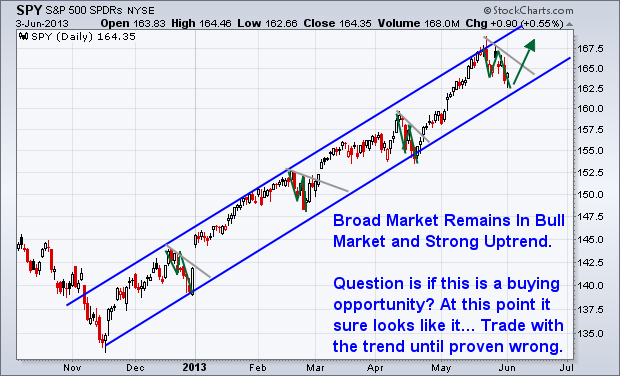
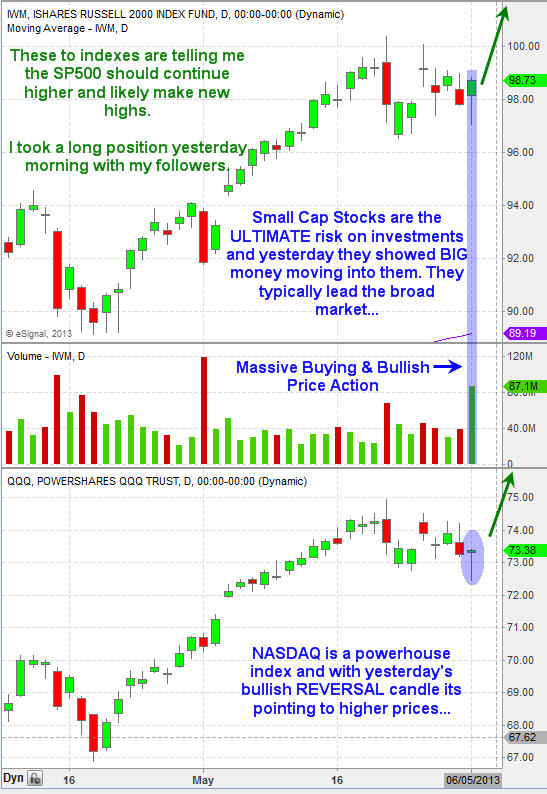
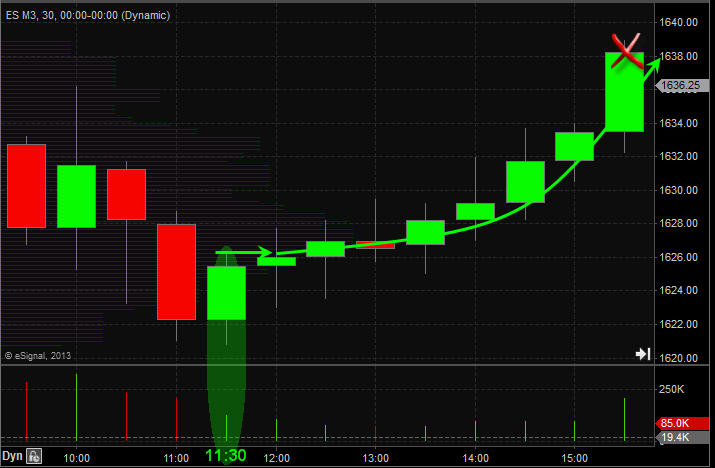


 MF: European policymakers believe that in the next round of bank bailouts the depositors will have to pay their part, as was the case in Cyprus. The main question is who pays for what? In Cyprus, accounts up to €100,000 ($129,000) are adjudged to be safe, but accounts above that limit may lose as much as 40–60%. There is a question of social equity here: why should a depositor with €5M in a Cyprus bank lose, while a depositor with less than €100,000 sits pat?
MF: European policymakers believe that in the next round of bank bailouts the depositors will have to pay their part, as was the case in Cyprus. The main question is who pays for what? In Cyprus, accounts up to €100,000 ($129,000) are adjudged to be safe, but accounts above that limit may lose as much as 40–60%. There is a question of social equity here: why should a depositor with €5M in a Cyprus bank lose, while a depositor with less than €100,000 sits pat?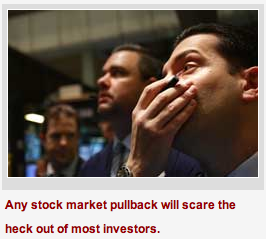 That sell signal is at 1,644.50 on the S&P 500 Index on a closing basis. As I pen this column (late Thursday evening) ? the index is trading below that level.
That sell signal is at 1,644.50 on the S&P 500 Index on a closing basis. As I pen this column (late Thursday evening) ? the index is trading below that level. Even though the United States and the rest of the world sank deeper into depression …
Even though the United States and the rest of the world sank deeper into depression …